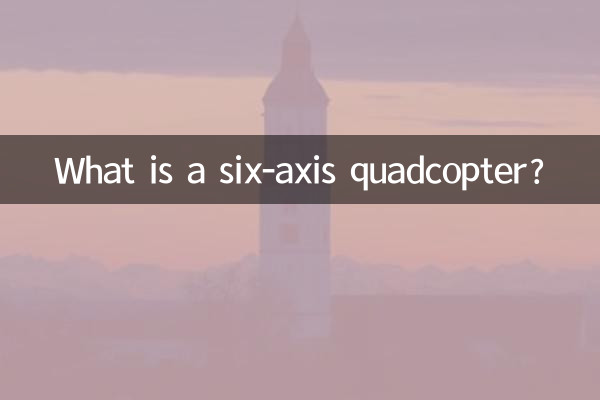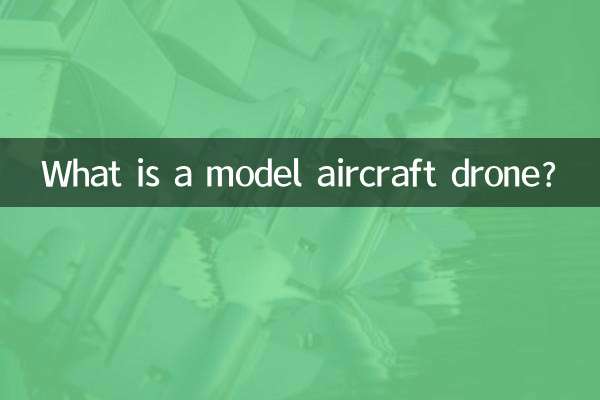What is a six-axis quadcopter?
Today, with the rapid development of drone technology, the six-axis quadcopter (Hexacopter), as a multi-rotor aircraft, has received widespread attention due to its stability, load capacity and safety. This article will combine the hot topics and hot content in the past 10 days to give you a detailed introduction to the definition, structure, application scenarios and market trends of the six-axis quadcopter.
1. Definition and structure of six-axis quadcopter

A six-axis quadcopter is a drone with six rotors. The "quadrotor" in its name may be misleading. It actually means that its control principle is similar to that of a quadcopter, but its performance is improved by adding two rotors. Here is its core structure:
| components | Function description |
|---|---|
| rotor | 6 propellers driven by independent motors provide lift and control power |
| flight control system | Stable flight and autonomous control through sensors and algorithms |
| battery | Mostly high-capacity lithium batteries, supporting 20-40 minutes of battery life |
| rack | Main frame made of lightweight materials (such as carbon fiber) |
2. Advantages of six-axis quadcopter
Compared with quadcopters, six-axis quadcopters have the following significant advantages:
| Advantages | Specific performance |
|---|---|
| redundancy | Safe landing even if a single motor fails |
| load capacity | Can carry heavier equipment (such as professional cameras or sensors) |
| Stability | Stronger wind resistance, suitable for operations in complex environments |
3. Popular application scenarios in the past 10 days
According to the hot search data on the entire network, six-axis quadcopters have recently been active in the following fields:
| Application areas | Popular events |
|---|---|
| Film and television shooting | A crew used a six-axis drone to complete difficult aerial shots |
| Agricultural plant protection | A six-axis drone sprayed more than 500 acres of farmland in a single day |
| emergency rescue | Realizing material delivery and terrain mapping during disaster relief in mountainous areas |
4. Technology development trends
Combined with industry trends, six-axis quadcopter technology is developing in the following directions:
| Technical direction | Latest developments |
|---|---|
| Intelligent obstacle avoidance | Millimeter wave radar and vision fusion solution under test |
| Long battery life | Hydrogen fuel cell test machine has a battery life of 120 minutes |
| 5G networking | Achieve ultra-low latency remote control |
5. Purchase suggestions
For consumers who want to buy a six-axis quadcopter, please pay attention to the following parameter comparison:
| parameters | entry level | Professional grade |
|---|---|---|
| maximum takeoff weight | 5-8kg | 15-25kg |
| control distance | 2-5km | 10-15km |
| price range | 10,000-30,000 yuan | 80,000-200,000 yuan |
6. Safety and regulations
Recently, many places have introduced new regulations on drone management. Special attention should be paid to the use of six-axis quadcopters:
1. Flights in airspace above 120 meters must be reported in advance
2. It is prohibited to take off within 10 kilometers of the airport
3. Third-party liability insurance must be purchased (the insurance amount is not less than 1 million yuan)
Conclusion
With its excellent performance, six-axis quadcopters are playing an increasingly important role in industry, agriculture, film and television and other fields. As technology advances and regulations improve, such drones will create more value for society. While users enjoy technological conveniences, they must also strictly abide by relevant laws and regulations to ensure flight safety.

check the details

check the details